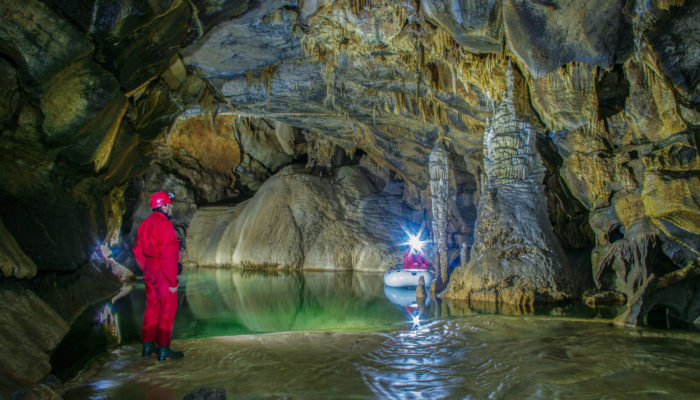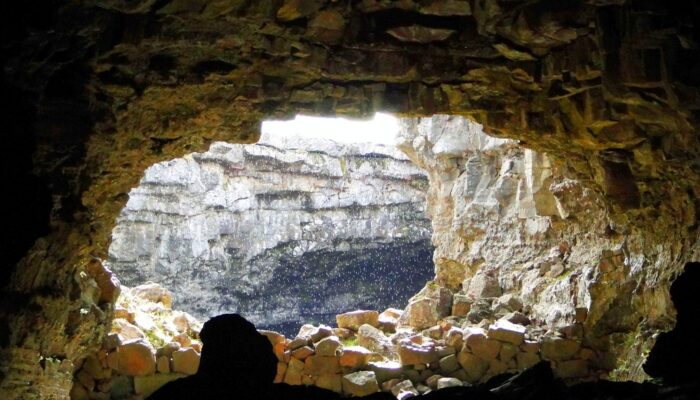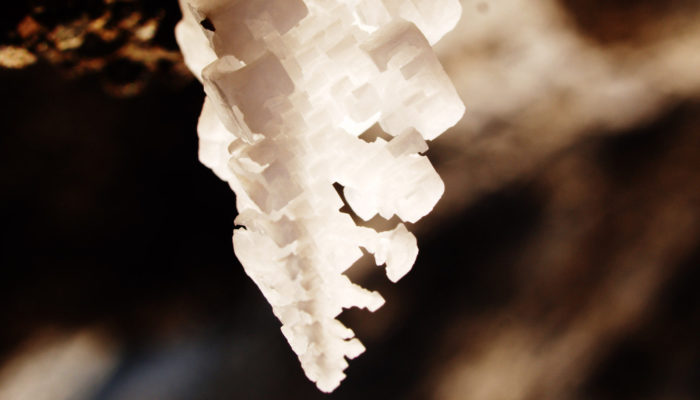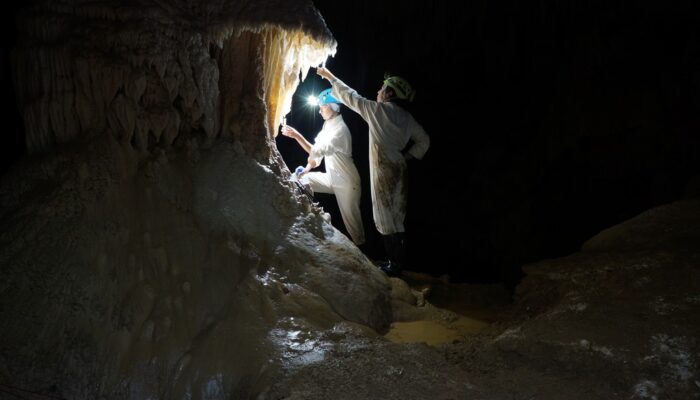The Križna jama Cave on the east side of the periodic Cerknica Lake in Slovenia is an underground karstic cave primarily famous as a rich site of bones of the extinct cave bear, Ursus speleus. The eight kilometer long cave is full of stalagmites and stalactites (sometimes called drip-stone decorations) and also boasts 50 underground lakes separated by sinter barriers through which crystal clear wa ...[Read More]
Imaggeo On Monday: Križna jama




